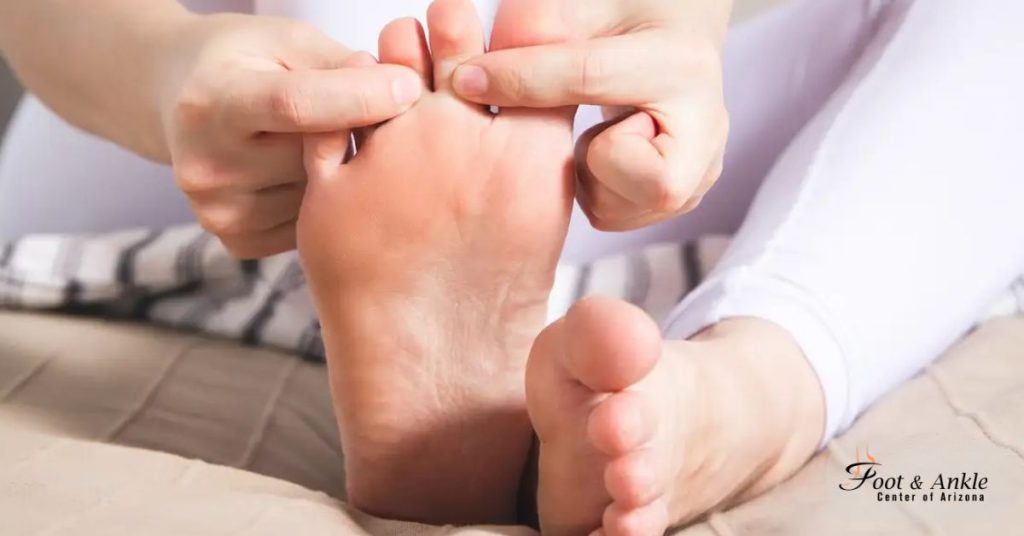Runners: Fit Feet Finish Faster
Both long-distance runners and casual joggers can improve their performance by keeping their feet in top condition and taking steps to control foot problems common in runners, according to the American College of Foot and Ankle Surgeons.
“The human foot is a biological masterpiece that amazingly endures the stresses of daily activity,” said Marybeth Crane, DPM, FACFAS, a foot and ankle surgeon in the Dallas/Fort Worth area. “For runners, the feet are more vulnerable to injury than any other part of the body, and these athletes should be on the alert for signs of foot problems that can slow them down if not treated promptly.”
Heel pain
An avid marathon runner, Crane said the most common complaint from runners is heel pain caused by inflammation of the ligament that holds up the arch, a condition known as plantar fasciitis.
“In athletes, heel pain can result from faulty mechanics and overpronation in which pressure is unequally applied to the inside of the foot. It also can be caused by wearing running shoes that are worn out or too soft,” she explained.
At the first sign of heel pain, Crane advises runners to do stretching exercises, wear sturdier shoes and use arch supports. In some cases, icing and anti-inflammatory medications, such as ibuprofen, are helpful. Should heel pain continue, custom foot orthotics, injections and physical therapy might be required.
Neuromas
Neuromas are another other common foot problem that affects runners. A neuroma is a pinched nerve between the toes that can cause pain, numbness and a burning sensation in the ball of the foot. Overly flexible shoes often are the cause and padding, orthotics or injections usually are effective.
Tendonitis
Serious runners can be sidelined with tendonitis if they ignore the warning signs of this overuse-related condition.
“There are several forms of tendonitis that affect the Achilles and other areas, and all are treated with rest, icing, stretching and anti-inflammatory medications, and sometimes with orthotics and physical therapy.” Crane said. “Over-zealous training usually causes tendonitis, especially among beginners who try to do too much too soon.”
Broken Bones
A common myth among athletes, according to Crane, is that it’s not possible to walk or run if a bone in the foot is fractured. “I often hear surprised patients say ‘It can’t be broken, I can walk on it,’” said Crane. “That’s dead wrong, especially with stress fractures when pain and swelling might not occur for a few days.”
If a fracture or sprain is suspected, Crane advises runners to remember the word RICE as an abbreviation for Rest-Ice-Compression-Elevation.
“Should pain and swelling continue after following this procedure for three or four days, you should see a foot and ankle surgeon for an x-ray and proper diagnosis.”
https://www.foothealthfacts.org/getattachment/Article/Runners-Fit-Feet-Finish-Faster/Running-Injuries-Infographic.pdf





